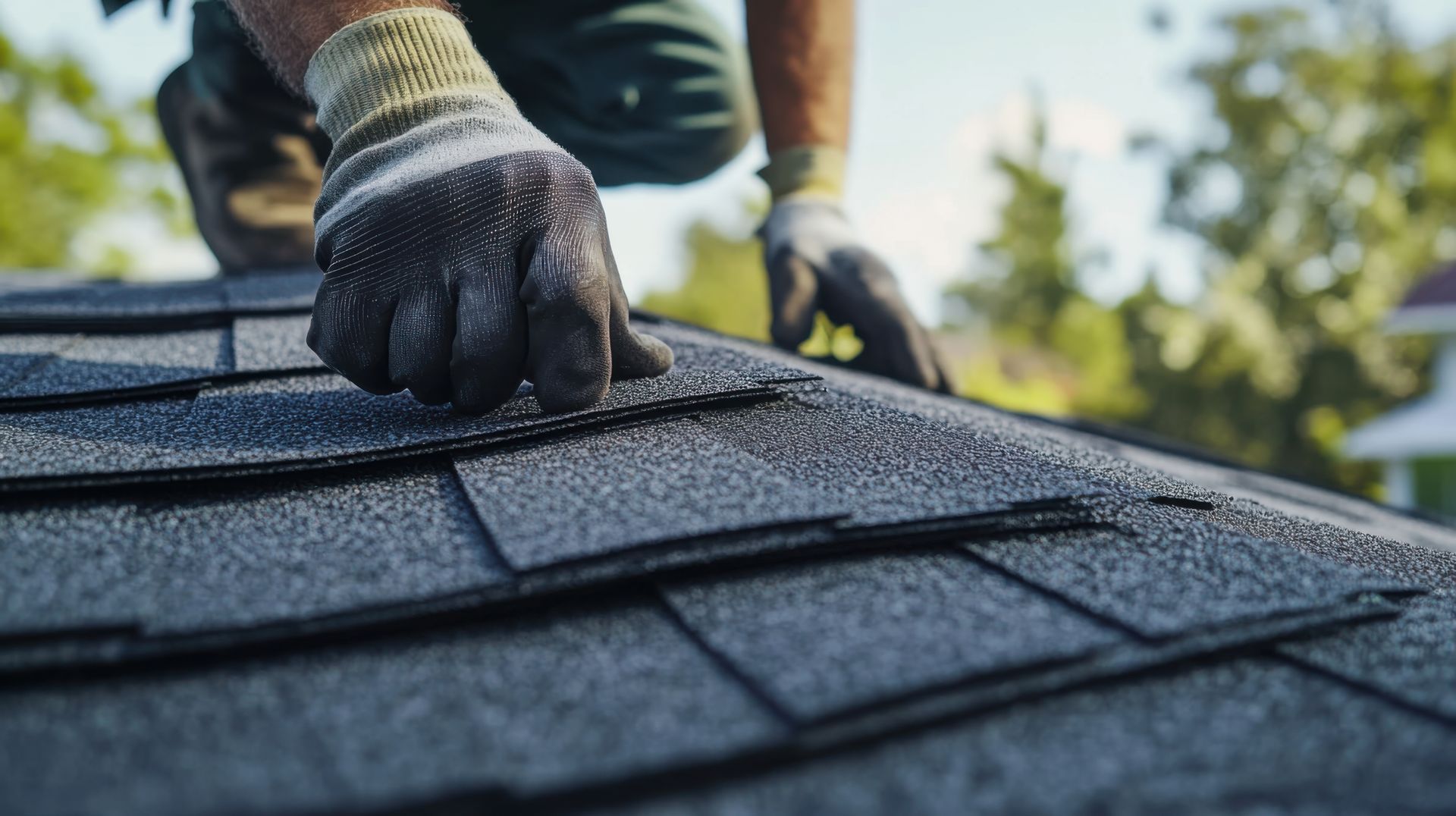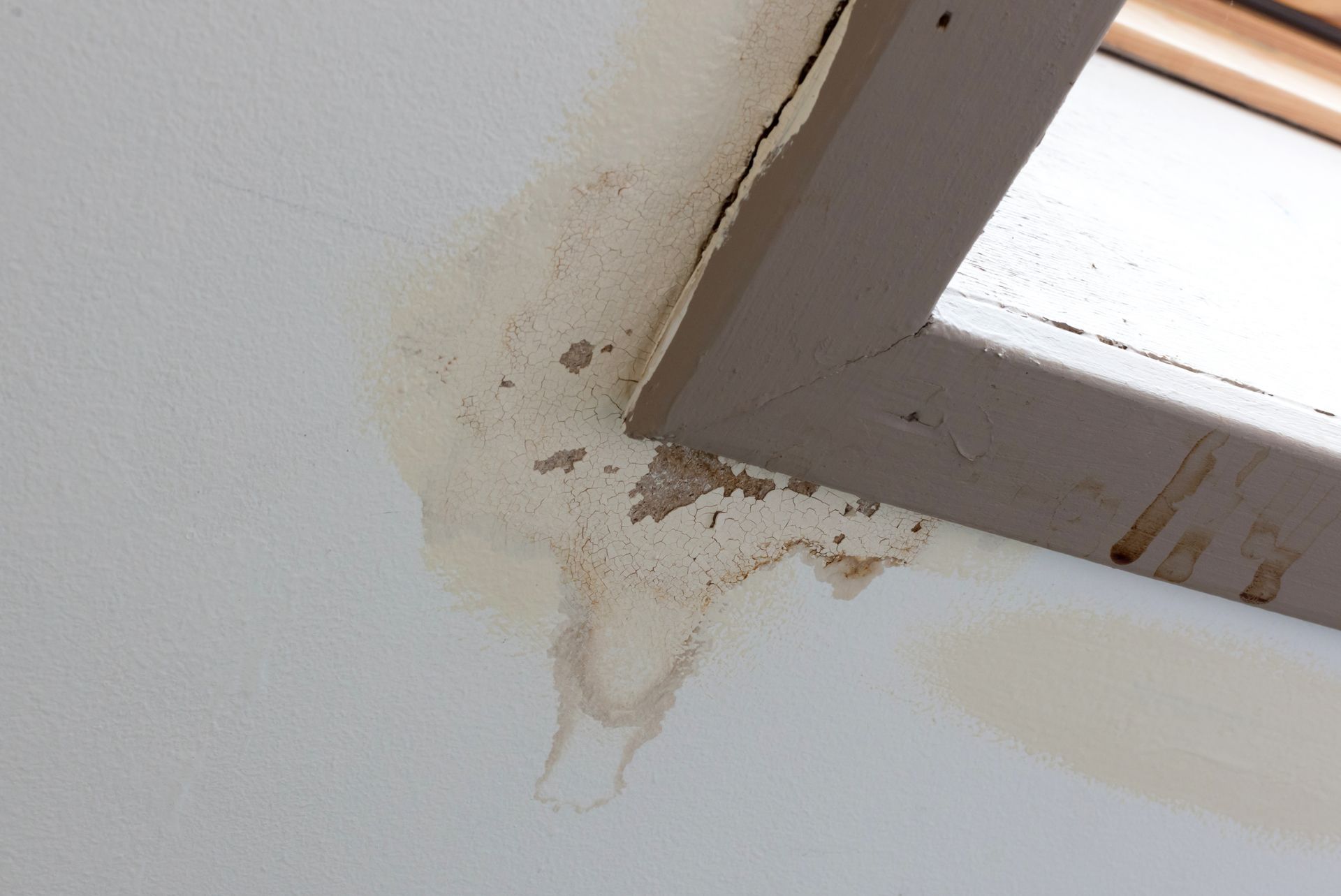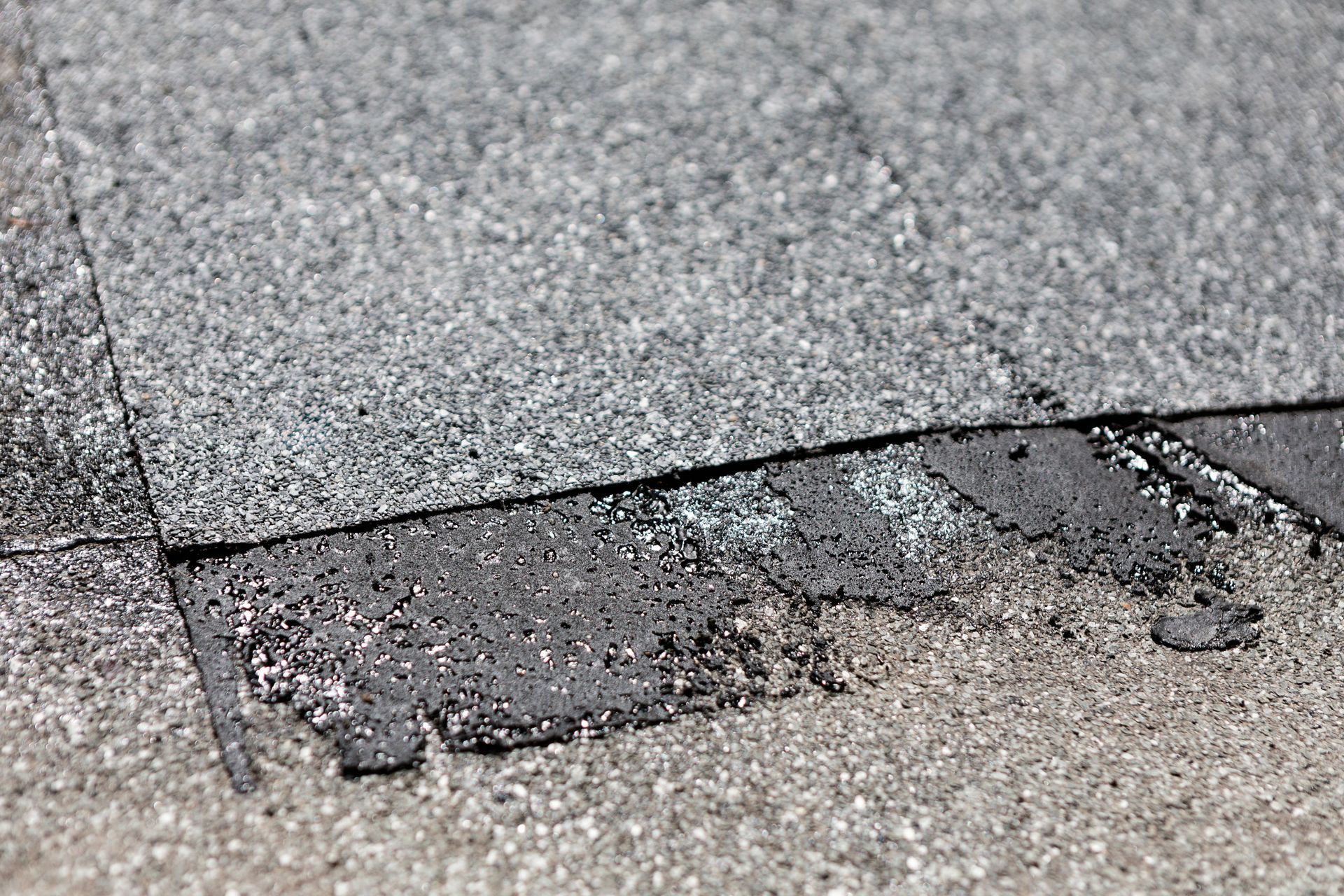Can a New Roof Lower Your Cooling Costs During a Seattle Summer?

Seattle may not have the blistering heat of Southern California, Arizona or Texas, but if you’ve lived here long enough, you know summer days can still get surprisingly warm, especially during a heatwave. With rising temperatures and more Puget Sound-area households relying on air conditioning than ever before, homeowners are looking for ways to improve energy efficiency and lower their cooling bills.
Your roof plays a major role in how well your home handles heat. From improved insulation and ventilation to energy-efficient roofing materials, a properly installed roof can help keep your home cooler and more comfortable during Seattle’s warmer months.
1. Reflective Roofing Materials Make a Difference
Traditional dark-colored roofs absorb sunlight and retain heat, which can raise attic temperatures by 30 to 40 degrees or more on a sunny day. That heat doesn’t just stay in the attic, it radiates downward into your living space, forcing your cooling system to work harder.
Modern cool roofing materials are designed to reflect more sunlight and absorb less heat. These materials come in a variety of options, including light-colored asphalt shingles, reflective metal roofing and specially coated tiles.
Although most homeowners in Seattle don’t choose roofing materials specifically to reduce heat gain, many modern options offer enhanced insulation year-round, helping reduce cooling costs in summer and heating costs in winter.
2. Better Ventilation Means a Cooler Home
One of the most overlooked elements of roof performance is ventilation. Proper roof ventilation allows hot air to escape from your attic and draws in cooler outside air. When ventilation is inadequate, your attic becomes a heat trap, which increases the temperature inside your home and reduces the efficiency of your HVAC system.
A new roof gives contractors the opportunity to reassess and improve your ventilation system. Options like ridge vents, soffit vents and attic fans can dramatically improve air circulation and reduce heat buildup under the roof deck. In a city like Seattle, where homes are often older and built with outdated ventilation systems, this upgrade can make a noticeable difference.
3. Insulation and Underlayment Upgrades
In many homes built in the 20th century, old loose-fill fiberglass or rock wool insulation, which is much less effective than modern spray foam and dense-pack cellulose options, has settled or deteriorated. Replacing and upgrading insulation, or having new synthetic underlayment and radiant barrier installed, can significantly improve thermal protection. These new efficiency-enhancing solutions also offer more moisture resistance as well, providing energy savings, increasing comfort, and making your home safer.
4. With Heat Waves on the Rise, Seattle Homeowners May Want to Rethink Their Roofs
In recent years, the Pacific Northwest has seen record-breaking heatwaves that caught many homeowners off guard. As more people install or rely on AC units and heat pumps, the strain on home energy systems increases, along with utility bills.
A new roof designed for energy efficiency is a smart, long-term solution. Even if you only need cooling relief for a few months a year, the savings and comfort you gain during those months can be significant. Plus, you’ll benefit from improved protection, curb appeal and resale value year-round.
5. Cool Roofing and Energy Rebates
In the Seattle area, installing energy-efficient roofing materials may make you eligible for local utility rebates or state-level incentives. Puget Sound Energy and Seattle City Light have offered programs that reward homeowners who install ENERGY STAR–rated roofing products or upgrade attic insulation and ventilation.
Even if you don’t qualify for a current rebate, the long-term savings on cooling costs can help offset the investment. And with increased demand for energy-efficient homes in the region, an efficient roof can also boost resale value.
Should You Replace Your Roof for Energy Efficiency?
If your roof is already nearing the end of its life, typically 20 to 25 years for asphalt shingles, it may be time to consider replacing it anyway. By choosing energy-efficient materials and working with a trusted local roofer, you can take advantage of all the benefits a new roof offers, including lower cooling costs in summer.
But even if your roof is in decent shape, you might still benefit from ventilation upgrades, attic insulation or a reflective roof coating to improve efficiency without a full replacement.
Stay Cool and Efficient with the Help of Our Roofing Team
At Chet’s Roofing & Construction Inc., we specialize in helping Seattle-area homeowners choose the right roofing system for both performance and energy savings. Whether you need a full roof replacement, upgraded ventilation or cool roofing materials, our expert team will make sure your home is prepared for every season.
Contact us at (877) 611-1514 to schedule a roof inspection or energy-efficient upgrade consultation and find out how a new roof can help keep your home cooler this summer.



